Local Attraction
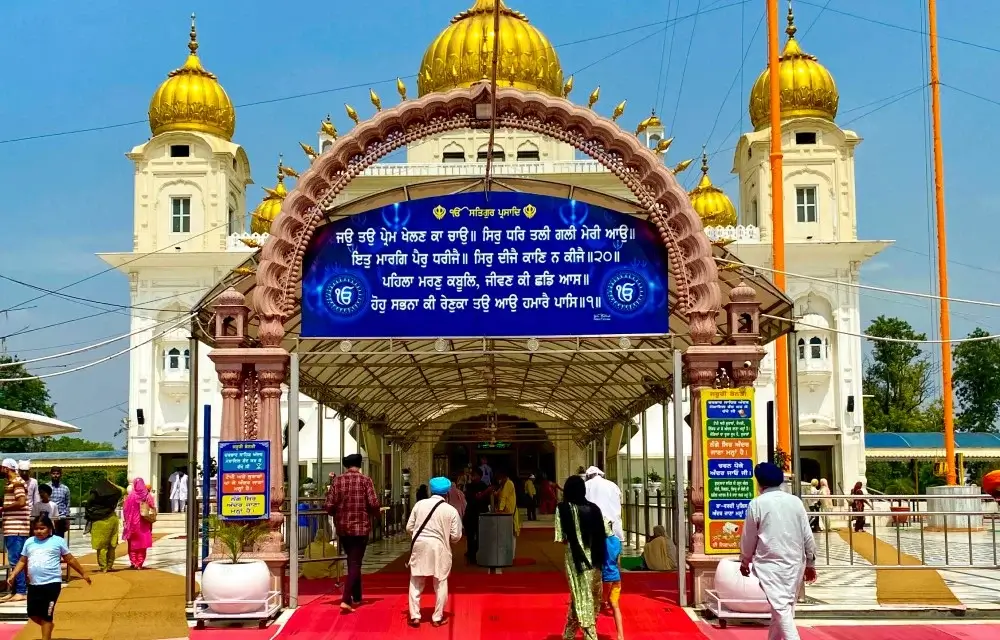
Fatehgarh Sahib Gurudwara
The gurudwara Sri Fatehgarh Sahib is dedicated to the great martyrdom of younger sons of Shri Guru Gobind Singh Ji. After vacating Qila Shri Anandgarh Sahib upon war with Aurangzeb, Shri Guru Gobind Singh Ji when crossing the Sirsa River, Mata Gurji Ji and two younger Sahibzaadas got separated along with their trusted cook Gangu, who later betrayed the family and them Wazir Khan, where they were subjected to torture to embrace Islam. When they refused to do so, they were later were bricked alive in a wall. On hearing this, Mata Gujri ji collapsed on this place. The historical wall where the younger sons of Guru Gobind Singh were bricked has been preserved in this Gurudwara.
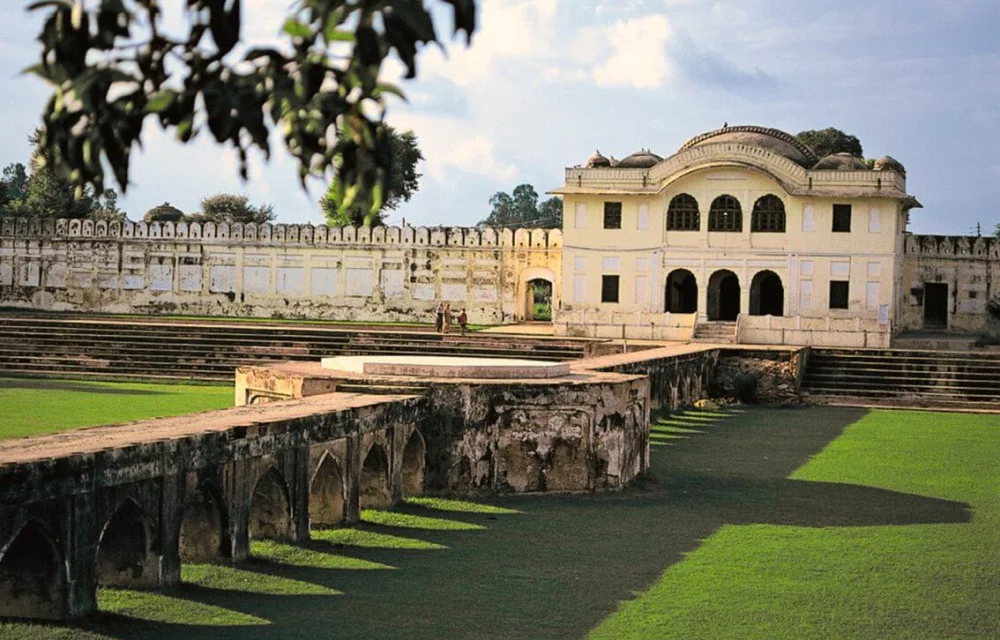
Aam Khas Bagh
The Aam Khas Bagh was built for the public and also for exclusive use of the Emperor Shah Jahan. The Royal couple used to stay here while going to and coming back from Lahore. There were adequate number of palaces for the comfortable stay of the Mughal Emperors. A close scrutiny of the remnants of the palaces clearly indicate that there was a perfect system of air-conditioning in the palaces and the monument is called ‘Sarad Khana’. The other monuments include ‘Sheesh Mahal’ (Daulat-khana-e-Khas), Hamam and the Tank where unique methods of heating water were adopted. At present, a Tourist Complex known as ‘Maulasari’ is being run in the Aam Khas Bagh.
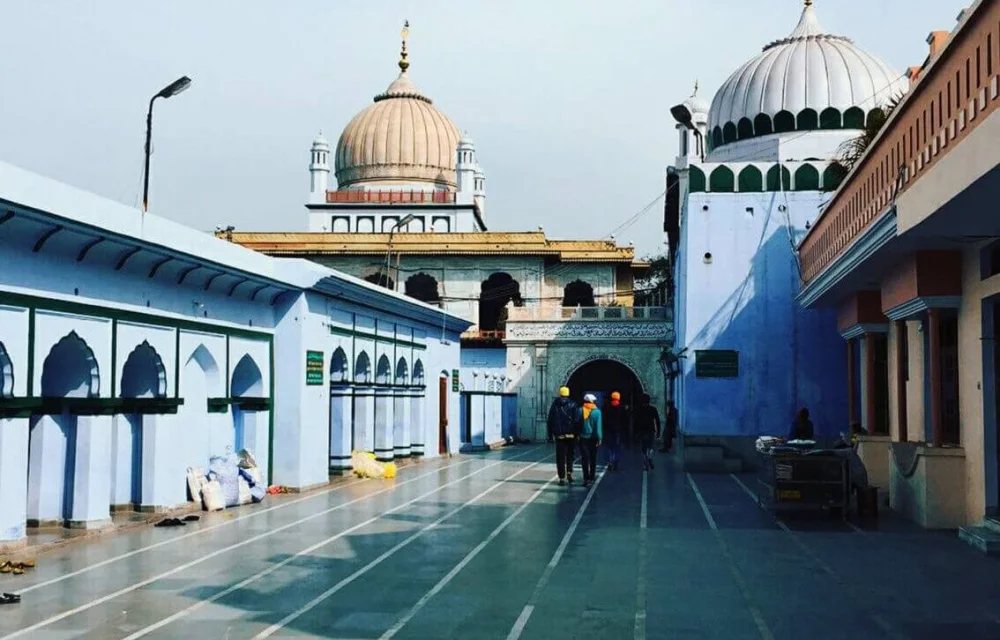
Sri Rauza Sharif
On the Sirhind-Bassi Pathana Road, near Gurudwara Fatehgarh Sahib is the magnificent Rauza or Dargah of Shaikh Ahmad Faruqi Sirhindi, popularly known as Mujaddid, Alf-Isfani who lived in the times of Akbar and Jahangir from 1563 to 1624. The Shaikh is held in high esteem and is considered by Sunni Muslims to be second to prophet Mohammed. For this reason, this mausoleum is regarded as a second Macca by the Sunni Muslims. Every year, thousands of pilgrims from various parts of world visit this place to participate in the celebrations, known as Urs of Shaikh Ahmad Sirhindi. The date of annual celebrations vary from year to year. Every year, these celebrations precede by ten days than the previous year.
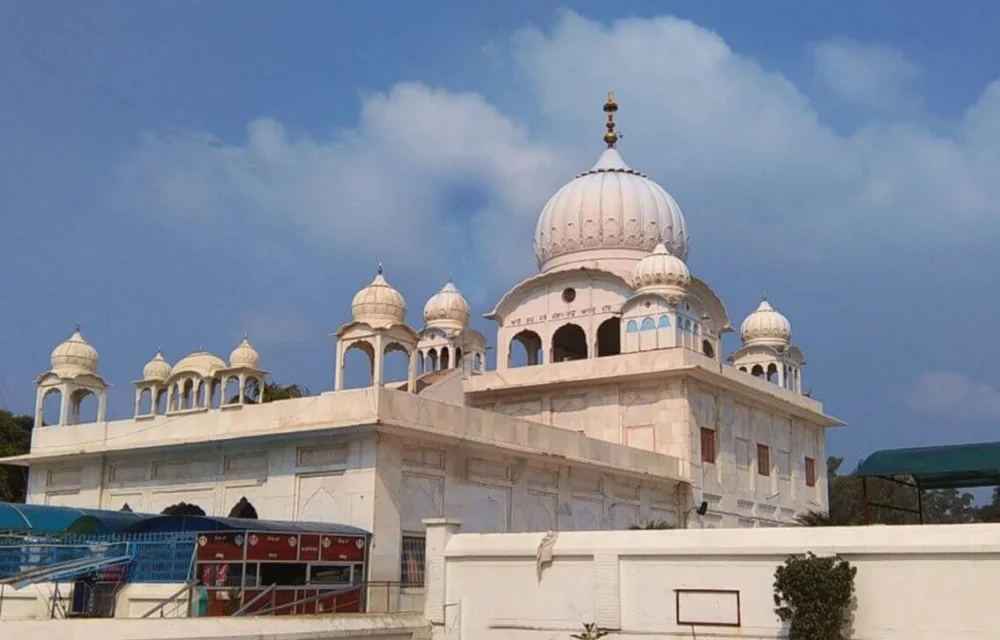
Gurudwara Jyoti Sarup
Located on the Sirhind-Chandigarh road about a kilometre away from Fatehgarh Sahib, is the Gurudwara Jypti Sarup, where the mortal remains of Mata Gujri, the mother of Guru Gobind and his two younger sons, Fateh Singh and Zorawar Singh were cremated. It is believed that due to the fear of Wazir Khan, Faujdar of Sirhind, nobody was giving land for the cremation of these martyrs. Following this, Todar Mall, an ardent follower of Guru Gobind Singh Ji, bought a small piece of land from a farmer for their last rites. The white structures and domes are highlights of the Gurudwara. During the annual Sabha festival, the most dramatic event is a mass procession on 13 Poh taken out from Gurdwara Fatehgarh Sahib and ending at Gurdwara Joti Sarup.
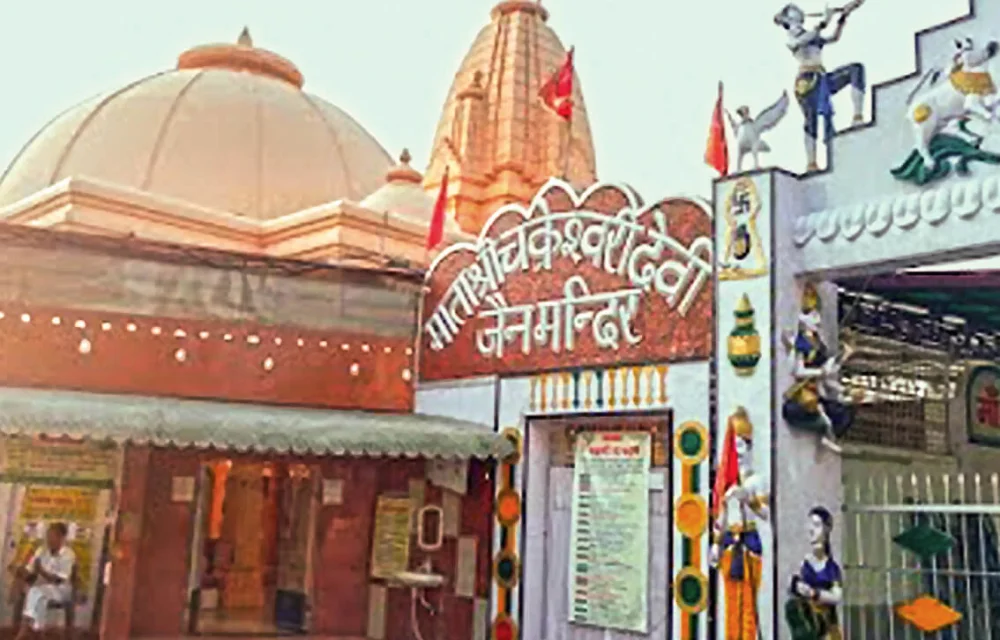
Mata Chakreshwari Temple
Located on the Sirhind-Chandigarh road, this 1000 year old temple is dedicated to Shri Mata Chakreshwari devi, an ardent follower of Lord Adinath. The legend has it that a large number of pilgrims from Rajasthan were on their way to Kangra with the idol of Mata Chakreshwari Devi. After halting here over night, they were unable to move the chariot of Mata the next day. Soon after they heard an Akashwani requesting this place to be her abode thereafter. When the pilgrims highlighted that the place was dusty and waterless, a voice replied, A few yards towards north of this place dig the land and you will get water. To the astonishment of pilgrims, they just dug a few feet and a fountain of water started flowing.
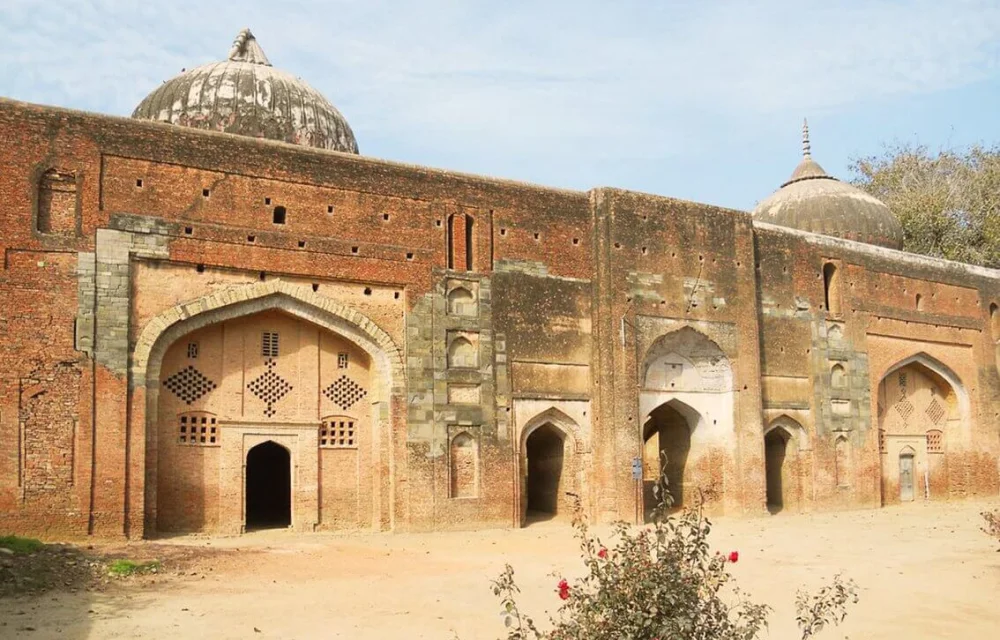
Sadhna Kasai Masjid
Bhagat Sadna, popularly known as Sadna Kasaai, lived and died in Sirhind in the 13th century. While a butcher, Sadna was also a philosopher, a poet and a mystic, whose words have even found their way into the Guru Granth Sahib. There are various myths and legends connected to Sadna Qasai as well, all eventually painting him as a figure to be revered. It is believed that the mosque was build during the Mughal times long after the death of Sadna Qasai. His one hymn is present in Adi Granth Sahib, in Raga Bilaval[1], in which he explained that believing in Karmic thought comes to an end after attaining spiritual wisdom (Gurmat) in addition to it he explained to remove an inflated feeling of pride within ourselves to know the Supreme.
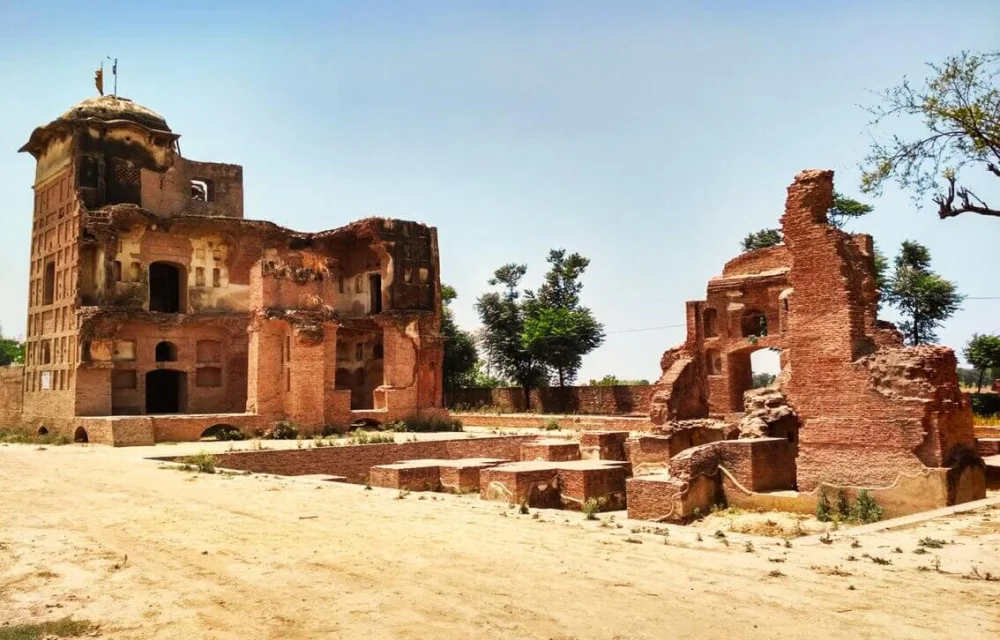
Haveli Todar Mal
The haveli, now in ruins, belongs to Raja Todar Mal, who was Akbar’s financial expert and one of the nau ratna (the ‘nine jewels’) of Akbar’s court. He was an ardent follower of Shri Guru Gobind Singh Ji. Following the martyrdom of Sahibzada Zorawar Singh and Sahibzada Fateh Singh, on the orders of the governor of Sirhind, Wazir Khan, Diwan Todar Mal bought this piece of land from a local landlord at what is supposed to be an astronomical sum, to create space for the two young martyrs and their grandmother Shri Mata Gujri Ji to be cremated. The story goes that Diwan Todar Mal could take only as much land as he could cover with gold mohurs; the estimate he spent is atleast 7,800 gold mohurs.


